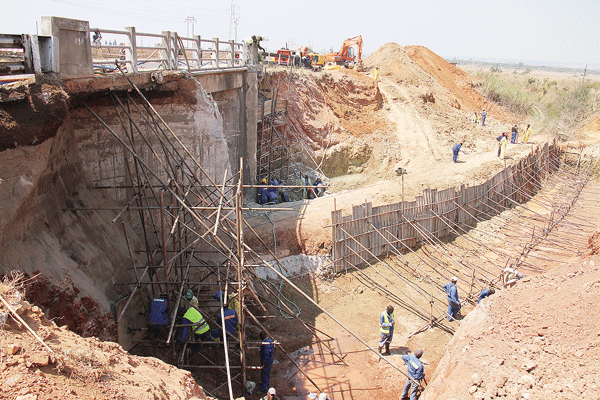
Conventional procurement and public-private partnerships (PPPs) are contractual arrangements between the public and the private sector. Conventional procurement arrangements that are generally categorised as long-term are in the region of three to five years. Most of such arrangements are transactional, short-term and arm’s-length relationships. The role of the private sector supplier would be to deliver the project, handing over to the public sector to operate the projects. These arrangements would require the government to fund the project to its completion. The challenge has been inefficient public service delivery emanating from the public sector bureaucracy.
PURCHASING & SUPPLY: NYASHA CHIZU

PPPs have been preferred for infrastructural and technological projects where the private sector finances the public project, build or improve the infrastructure and subsequently maintain and operate them for longer periods, between 10 and up to 50 years. The private sector in most instances is remunerated from proceeds of the project, wherein the government can receive up to about 30% of the proceeds. It might be viewed as little or insignificant by some other sector, who do not consider that a PPP would afford the government a 30% revenue stream from a project that it did not finance. PPPs have other benefits that we shall explore in detail.
The revenues collected from PPP arrangements are invested in other social projects that are not profitable to the private sector. The government would then be in a position to provide infrastructure without raising tax levels.
This is particularly useful to governments such as ours that are credit constrained or over-borrowed, but expect to be less so in future. PPPs, thereby, allow the governments to make public investments, while keeping future obligations off the balance sheet and beyond legislative control.
PPPs help the government provide infrastructure more efficiently for as long as the public sector does not select poor projects that have negative social value or are over-engineered products that literally mortgages the nation unnecessarily. If these conditions are met, PPPs relieve budgetary restrictions and release public funds. Many national and local authorities have benefited billions financially from PPP arrangements on toll roads, urban parking, urban transport and airports. Such revenues amassed have been channelled to social services unattractive to the private sector.
The other benefit of PPPs emanate purely from the discipline associated with the source of funds. The funds are from the private market, where a return on investment is highly expected, this inevitably brings in financial discipline which leads to efficiency gains. The efficiency is from the fact that a PPP project is measured in total, as a bundle after assessing the construction, operations and maintenance of the project. The involvement of the private sector relieves the political pressure associated with charging lower and uneconomical tariffs for political gain.
Efficiency gains in PPPs apply from the construction point in that the government bureaucracy is excluded in the execution of the project. The same benefit extends to the operations and maintenance of the project. The private sector builds in efficiencies in the construction phase, further by minimising building costs derived from design characteristics. Since such projects are turnkey, the private sector is responsible for the design of the project and are compelled to reduce the life cycle costs on the construction phase without compromising on the subsequent quality. The appropriate investment in the construction phase is expected to lower maintenance and operational costs of the entire project.
- Chamisa under fire over US$120K donation
- Mavhunga puts DeMbare into Chibuku quarterfinals
- Pension funds bet on Cabora Bassa oilfields
- Councils defy govt fire tender directive
Keep Reading
The major problem of conventional procurement was that the governments allocated too little for routine maintenance and there was always a significant budget for new projects or major reconstruction of existing projects because it is more attractive for politicians to inaugurate new projects, as compared to routine maintenance of existing facilities. There are no ground breaking ceremonies for maintenance projects and further, the public will only appreciate the importance of investing in maintenance when facilities are run down.
It is high time the policy makers emphasise and augment the implementation of PPPs, as illustrated in the ZimAsset document for the benefit of the general citizenry, who is the electorate at the end of the day.
Nyasha Chizu is a fellow of the Chartered Institute of Procurement and Supply writing in his personal capacity. Feedback: [email protected] Skype: nyasha.chizu











